Sri Lanka, an island nation nestled in the Indian Ocean, beckons travellers with its abundant natural beauty and rich cultural heritage. This vibrant land, once known as Ceylon, boasts a diverse landscape that ranges from pristine beaches to verdant tea estates and dense rainforests, each offering an array of visual delights and serenity. Sri Lanka’s charm lies not only in its scenic beauty but also in the warmth of its people, whose smiles are as inviting as the tropical climate

The country’s history is as old as time itself, with tales woven through ancient cities, royal palaces, and Buddhist temples that stand imposingly against the backdrop of a storied past. Sri Lanka’s culture is a colourful mosaic, influenced by various dynasties, colonial powers, and its ethnic diversity, resulting in a vibrant display of festivals, arts, and crafts. Travellers to Sri Lanka are greeted with a fusion of experiences, ranging from the spiritual tranquillity of religious sites to the thrilling adventure of wildlife safaris.
Emerald Isle: A Geographic Overview

Sri Lanka, often referred to as the “Emerald Isle,” is an island nation that boasts a diverse terrain and a tropical climate. It is characterized by its lush greenery and varied topography, which ranges from flat plains to rolling hills and elevated mountainous regions.
Sri Lankan Landscapes
Sri Lanka’s landscapes are a tapestry of verdant jungles, serene beaches, and rugged mountains. The central highlands contain the famous Adam’s Peak and the extensive Horton Plains. To the north and east, the terrain flattens out into expansive plains, where wildlife reserves like Yala and Wilpattu National Parks offer glimpses of the island’s rich biodiversity. The lowlands, especially along the southwestern coast, are dotted with picturesque beaches and coastal towns like Galle and Hikkaduwa.
Climate and Seasons: Exploring Sri Lanka
The island’s climate can be classified as tropical, with distinct wet and dry seasons. It is largely influenced by monsoon winds:
- Southwest Monsoon: This affects the country from May to September, bringing heavy rainfall to the south and west.
- Northeast Monsoon: From October to January, this monsoon brings rain to the north and east.
Recurring climatic patterns affect the island’s vegetation and wildlife, with the central highlands experiencing cooler temperatures and higher rainfall throughout the year. The coastal areas, meanwhile, enjoy a more moderate climate.
Historical Saga of Sri Lanka: Exploring Sri Lanka

Sri Lanka, with its rich tapestry of history, boasts of ancient cities that whisper tales of bygone eras and colonial landmarks that reflect a diverse cultural heritage. This section traverses through the well-preserved remnants of the island’s storied past.
Sri Lanka Ancient Cities: Exploring Sri Lanka
Sri Lanka’s ancient cities are treasure troves of historical significance, showcasing advanced urban planning and architectural prowess from as early as the 4th century BCE. The Ruins of Anuradhapura bear evidence of the country’s first established kingdom, remaining a sacred Buddhist site. The city’s layout demonstrates intricate irrigation systems, symbolized by reservoirs like Basawakkulama and Nuwara Wewa.
Another paramount ancient city is Polonnaruwa, which succeeded Anuradhapura as the capital city. Here, Gal Viharaya stands as a testament to the exquisite stone sculpture, featuring four colossal Buddha statues carved into granite. The Vatadage, an ancient stupa house, exemplifies the intricate stone carvings that display the artistic mastery of that period.
| Ancient Cities | Notable Features |
|---|---|
| Anuradhapura | Sacred City, Reservoirs |
| Polonnaruwa | Gal Viharaya, Vatadage |
Colonial Heritage
Sri Lanka’s strategic position in the Indian Ocean established it as a focal point for European colonial powers, leaving behind a composite colonial heritage. The Portuguese erected the first European fortifications, with the coastal town of Galle being a prominent example. The signature Dutch Fort in Galle, recognized by UNESCO, reflects the fusion of European architecture with South Asian traditions.
The British, the last of the colonial rulers, also left a significant mark on the island. They introduced widespread tea plantations, transforming the landscape and economy of Sri Lanka. The city of Colombo abounds with colonial architecture, like the old Parliament Building and the Colombo Lighthouse.
- Portuguese Influence: Galle Dutch Fort, Catholic Churches
- British Legacy: Tea Plantations, Colonial Buildings in Colombo
Cultural Tapestry: Exploring Sri Lanka
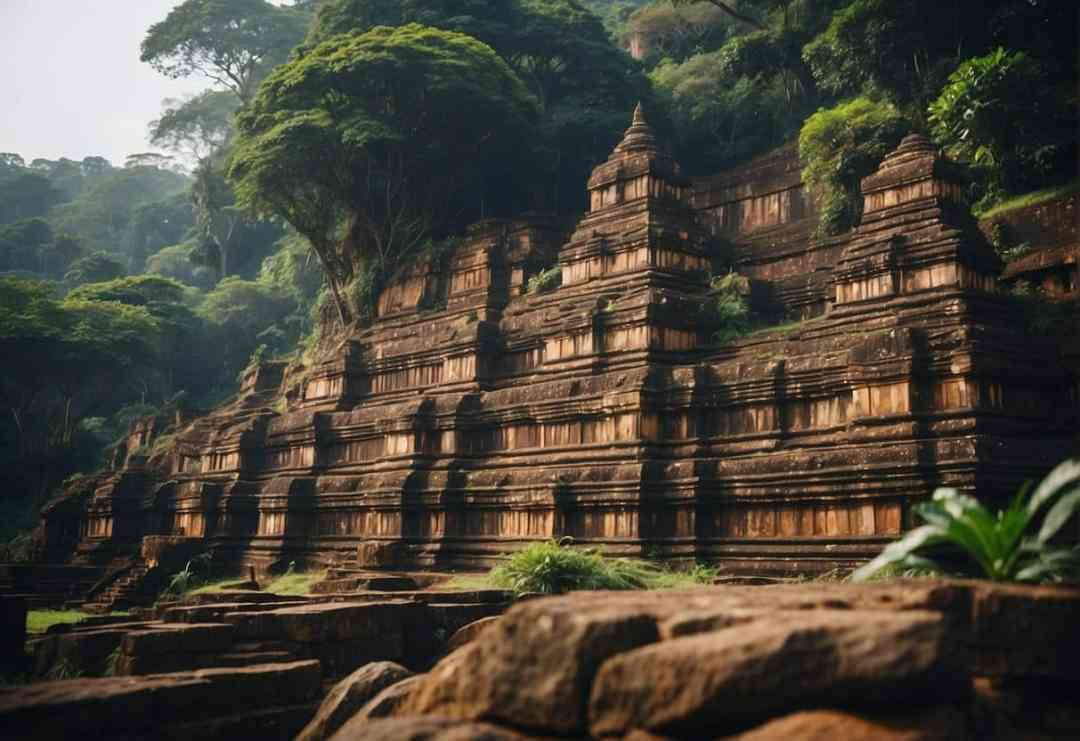
Sri Lanka’s cultural landscape is a vibrant mosaic of religious celebrations and indigenous artistry that reflects its rich history and diverse ethnic heritage.
Religious Festivities
In Sri Lanka, religious festivals are a cornerstone of cultural expression, drawing from the island’s Buddhist, Hindu, Muslim, and Christian communities. Vesak, celebrated by Buddhists, commemorates the birth, enlightenment, and death of Buddha with luminous lanterns and religious pageants. The Kandy Esala Perahera is a grand festival featuring elephants, dancers, and drummers parading through the streets in honour of the Sacred Tooth Relic of Buddha.
Hindus observe Deepavali, the festival of lights, signifying the triumph of light over darkness, and Thai Pongal, a harvest festival giving thanks to the sun god. Muslims celebrate Eid ul-Fitr marking the end of Ramadan, a time of fasting and prayer, while Christmas is celebrated by Christians with church services and festivities.
Traditional Arts and Crafts
Sri Lankan arts and crafts showcase a legacy of craftsmanship passed through generations. The island is known for its:
- Handloom fabrics: Textiles with intricate patterns and vivid colours.
- Lacquerwork: Utilizing sap from the lacquer tree to create shiny, durable finishes on wood.
- Pottery: Ranging from utilitarian terracotta to elegant porcelain.
The Batik industry in Sri Lanka transforms cloth with wax-resist dyeing, producing vibrant designs. Mask-making, rooted in ritual and performance, is a creative art form where artisans sculpt lively, colourful masks for cultural dances and ceremonies.
Natural Wonders and Biodiversity
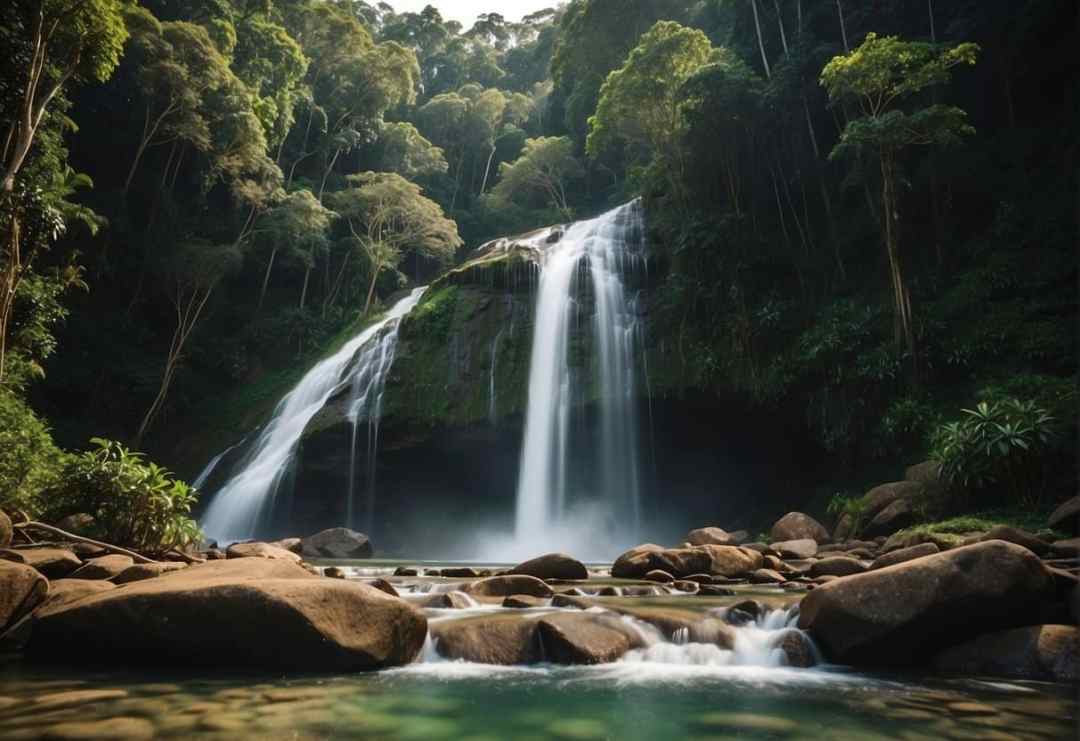
Sri Lanka, rich in natural wonders, boasts a significant level of biodiversity within its numerous national parks and marine sanctuaries. These areas serve as the cornerstone for conservation efforts and eco-tourism.
National Parks
The national parks in Sri Lanka are sanctuaries for an impressive range of flora and fauna. For example, Yala National Park is renowned for having one of the highest densities of leopards in the world. It encompasses diverse ecosystems, from moist monsoon forests to freshwater and marine wetlands. Tourists are often treated to sightings of elephants, sloth bears, and a myriad of bird species.
Another prominent park, Udawalawe National Park, functions as a sanctuary for over 500 elephants and an important habitat for water birds. Its reservoir attracts wildlife, making it an ideal spot for animal observation.
- Yala National Park
- Leopard Density: One of the highest globally
- Ecosystems: Monsoon forests, wetlands
- Key Species: Leopards, elephants, sloth bears, numerous birds
- Udawalawe National Park
- Elephant Population: Over 500
- Habitat: Important for water birds
- Attraction: Wildlife observation around the reservoir
Marine Life Sanctuary
Sri Lanka’s marine life sanctuaries are vital for the preservation of the island’s extensive coral reefs and the myriad species that inhabit them. The Hikkaduwa National Park, a marine sanctuary, protects a section of fringing coral reefs with high biodiversity. The reef serves as a home to countless fish, turtles, and other marine creatures.
At the Pigeon Island National Park, located off the coast of Nilaveli, the coral reefs are popular among snorkelers and divers who explore the underwater marvels. The park is particularly known for blacktip reef sharks and a host of tropical fish.
- Hikkaduwa National Park
- Type: Marine sanctuary
- Biodiversity: High coral and fish diversity
- Protection: Section of fringing coral reef
- Pigeon Island National Park
- Location: Offshore from Nilaveli
- Popular For: Snorkeling, diving
- Notable Species: Blacktip reef sharks, tropical fish
Contemporary Sri Lanka
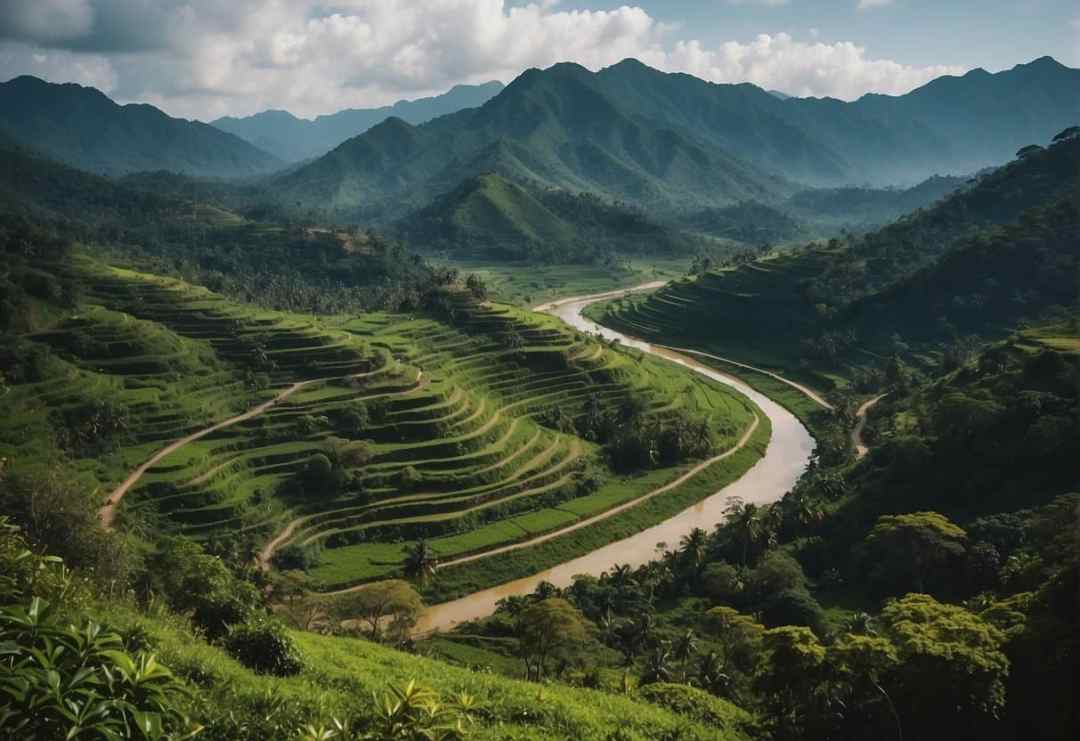
Sri Lanka, known for its rich history and natural beauty, is rapidly modernizing. Its cities are expanding, and the economy is diversifying, pointing towards a future of robust growth and development.
Urban Development
Colombo, Sri Lanka’s commercial capital, drives the nation’s urban transformation. Developers are building the Colombo Port City, an offshore hub designed to serve as an international financial center. This ambitious project will feature commercial, residential, and entertainment spaces to enhance the city’s global economic standing. Infrastructure upgrades, like the Colombo–Katunayake Expressway, have also improved connectivity and cut travel times across urban areas.
Economic Endeavors
Sri Lanka is diversifying its economy. Recent GDP growth stems from thriving services, IT, and tourism industries. Public-private partnerships are boosting economic activity and creating jobs. While textile manufacturing remains vital, technology and tourism are rapidly expanding. Foreign investors are increasingly focusing on these growing sectors, adding to the country’s dynamic economic landscape.
Culinary Delights
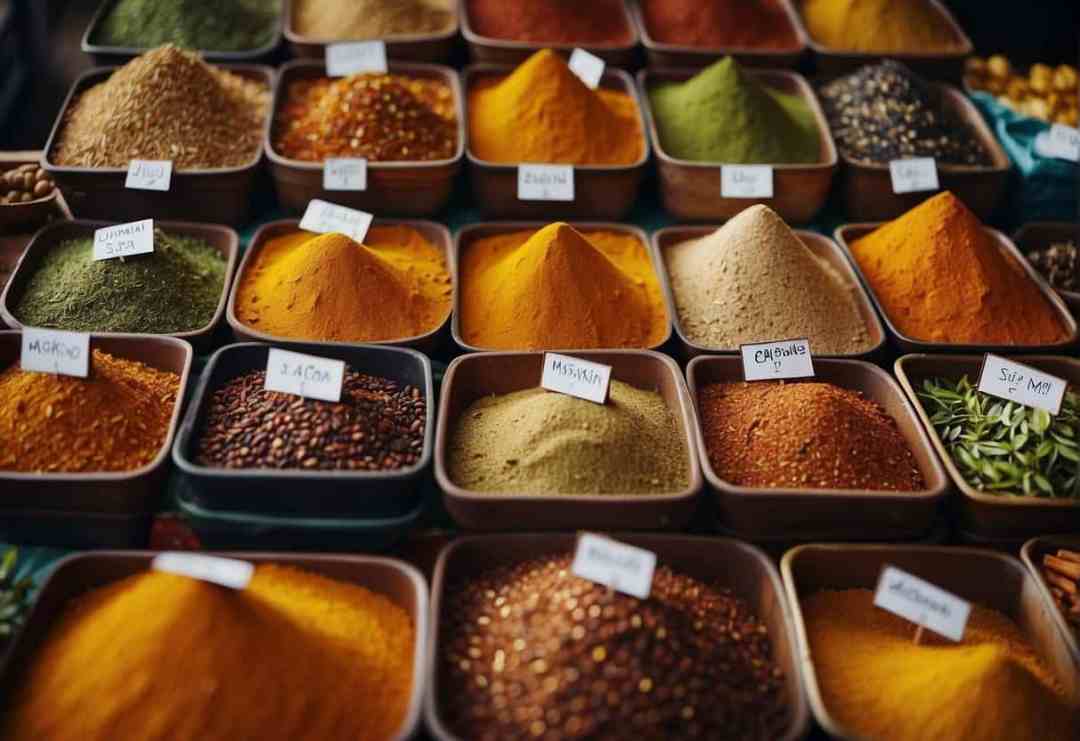
Sri Lanka’s cuisine combines rich flavors shaped by its history, culture, and local produce. Visitors can explore an array of dishes that showcase the country’s diverse culinary heritage.
Sri Lankan Local Cuisine
Sri Lankan cuisine bursts with bold flavors—tangy, sweet, and spicy. Rice and curry sit at the heart of every meal. Cooks serve them with side dishes like dhal (lentil curry), green bean curry, and sambols, especially coconut sambol. They use coconut milk and locally grown spices like cinnamon, cardamom, and cloves to create distinctive tastes.
Cooks make hoppers (appa), bowl-shaped pancakes of fermented rice flour and coconut milk. They often pair them with fried eggs or spicy onion relish, lunu miris. Another favorite, kottu, combines chopped roti with vegetables, egg, meat, and spices. This dish delivers bold flavors and unique textures true to Sri Lanka.
Street Food Experience
Sri Lanka’s street food scene buzzes with flavor and variety, offering quick and satisfying meals. Street vendors sizzle kottu at stalls, while samosas—crispy pastry pockets stuffed with spiced potatoes, vegetables, or meat—make for a popular savory snack.
Sri Lanka Local Cuisine
Sri Lankan cuisine delivers a feast of tangy, sweet, and spicy flavors. Each dish reflects the island’s multi-ethnic heritage. Cooks center every meal around rice and curry. They often serve it with side dishes like dhal (lentil curry), green bean curry, and sambols, especially coconut sambol. Coconut milk and locally grown spices like cinnamon, cardamom, and cloves add distinct flavors to these dishes.
Cooks create hoppers (appa), bowl-shaped pancakes made from fermented rice flour and coconut milk. They serve them with a fried egg or sides like lunu miris, a spicy onion relish. Another favorite, kottu, combines chopped roti, vegetables, egg, meat, and spices. This stir-fried dish offers a medley of tastes and textures unique to Sri Lanka.
Street Food Experience
The street food experience in Sri Lanka is vibrant and offers an array of quick, delicious options for those on the go. Kottu can also be found sizzling at many street-side stalls. Samosas, deep-fried pastry pockets filled with spiced potatoes, vegetables, or meats, are popular savoury snacks.

For something sweet, one might try kavum, a small, sweet, oil-fried pastry made from rice flour and treacle, shaped into small balls or disks. Fruit lovers will enjoy the wide selection of tropical fruits, including mangoes, papayas, and the unique wood apple, which can be eaten fresh or blended into a rich, smooth juice. Sri Lanka’s street food offers an authentic taste of the nation’s diverse culinary palette in an accessible and engaging setting.

Traveller’s Guide

When planning a trip to Sri Lanka, travellers should consider their accommodation preferences and navigate the local transportation with ease to enhance their experience.
Accommodation Options in Sri Lanka
Sri Lanka offers a range of accommodations to suit various budgets and preferences. In Colombo and other major cities, luxury hotels such as the Cinnamon Grand and Shangri-La cater to those seeking upscale amenities. For a more cultural experience, one can stay at boutique hotels like the Galle Fort Hotel. Affordable options include numerous guesthouses and hostels, which are widely available across the country.
| Accommodation Type | Examples | Locations |
|---|---|---|
| Luxury Hotels | Cinnamon Grand, Shangri-La | Colombo, Galle |
| Boutique Hotels | Galle Fort Hotel | Galle, Kandy |
| Guesthouses | Saman’s Guesthouse | Nuwara Eliya, Ella |
| Hostels | Clock Inn | Kandy, Colombo |
Transportation Tips
The state-operated Sri Lanka Railways connects major cities and offers a scenic journey, especially the route from Kandy to Ella. Buses are an economical option for travellers, serving extensive routes throughout the island. However, for convenience and time-saving, one can use taxis or ride-hailing services like PickMe and Uber. Renting a car is advisable only for experienced drivers familiar with Sri Lanka’s driving conditions.
| Transport Mode | Ideal For | Note |
|---|---|---|
| Trains | Scenic Journeys | Book in advance for reserved seating |
| Buses | Budget Travel | Can be crowded; limited space for luggage |
| Taxis/Ride Apps | Comfort and Convenience | Agree on the fare beforehand or use an app to book |
| Car Rental | Experienced Drivers | International driving permit required |
Adventures and Activities
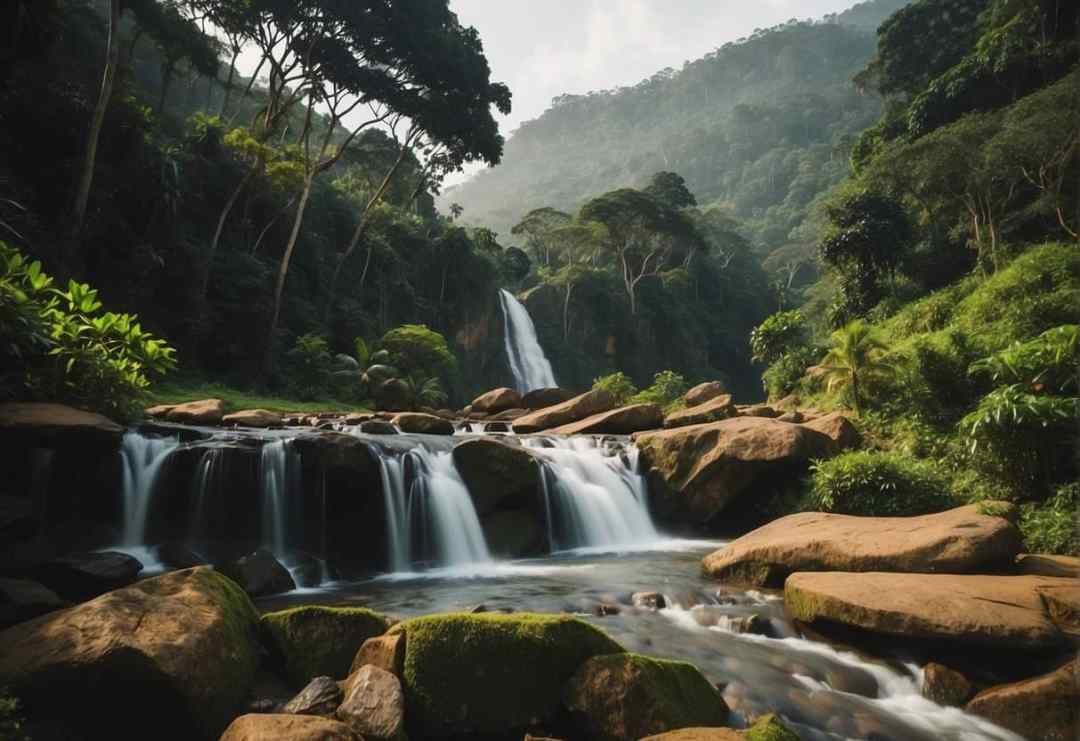
Sri Lanka offers a multitude of adventurous activities that cater to thrill-seekers and nature enthusiasts. The country boasts an array of trekking trails and water sports opportunities, waiting to be explored for their unique challenges and breathtaking scenery.
Trekking Trails
Sri Lanka’s diverse landscape presents trekkers with a variety of trails ranging from lush rainforests to arid plains. Ella is famed for its panoramic viewpoints and the formidable Ella Rock. A trek here rewards adventurers with views of mist-covered peaks. The Sinharaja Forest Reserve, a UNESCO World Heritage Site, offers a more challenging and biodiverse terrain, where hikers witness a rich array of flora and fauna.
- Popular Trekking Spots:
- Adam’s Peak (Sri Pada): A pilgrimage site known for the ‘sacred footprint’.
- Knuckles Mountain Range: Offers multiple trails, varying in difficulty and length.
Water Sports
The coastal regions of Sri Lanka are ideal for water sports enthusiasts. Bentota and Hikkaduwa are renowned for their clear waters, perfect for diving and snorkelling, where divers encounter vibrant coral reefs and a plethora of marine life. For those interested in surfing, Arugam Bay on the east coast provides some of the best waves.
- Water Sports Activities:
- Surfing: Arugam Bay, Weligama
- Snorkeling & Diving: Pigeon Island, Unawatuna
- White Water Rafting: Kelani River at Kitulgala
Enthusiasts can engage with local operators for rental equipment and guided tours. Safety is a paramount concern, and visitors are encouraged to abide by local guidelines and respect the natural environment.
Frequently Asked Questions

In this section, you’ll find answers to some common inquiries that highlight Sri Lanka’s allure, ensuring travellers can plan their visit with ease.
What unique qualities make Sri Lanka a must-visit destination?
Sri Lanka’s diverse landscape ranges from pristine beaches to lush highlands, coupled with a rich cultural tapestry and an abundance of wildlife. Its unique fusion of scenery and heritage creates an unparalleled travel experience.
What are the highlights of natural beauty to explore in Sri Lanka?
Travellers can explore the misty hills of tea plantations in Nuwara Eliya, witness the majestic waterfalls in Ratnapura, and embark on safaris within national parks like Yala, which is known for its dense leopard population.
How many days are recommended for a comprehensive visit to Sri Lanka?
A stay of at least two weeks is recommended to fully experience Sri Lanka, including its historical sites, natural wonders, and cultural experiences, without feeling rushed.
What are the cultural highlights that tourists should not miss in Sri Lanka?
Visitors should explore the ancient city of Anuradhapura, experience the Temple of the Tooth in Kandy, and observe traditional Kandyan dance performances to truly appreciate the cultural heritage of the nation.
What times of the year are best for travelling to Sri Lanka?
The best time to visit the west and south coasts and hill country is from December to March, while the ideal time to visit the east coast is from April to September, due to the monsoon seasons.
What types of accommodations can travellers expect while visiting Sri Lanka?
Sri Lanka offers a range of accommodations, from luxury resorts and boutique hotels to budget-friendly guesthouses and eco-lodges, catering to the preferences and budgets of all travellers.
Aircraft Ground Handling | Trip Planning | Concierge Services | Aircraft Fuel | Over Flight Permits
Sri Lanka Executives Aviation Services (SEAS)
Phone: +94 720 860 870
Email: operations@seas.aero
Enquire Now




















